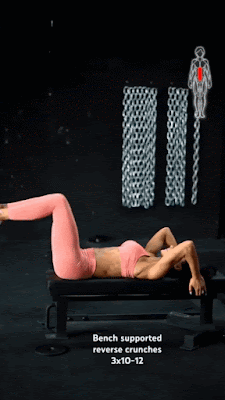A HIIT Tabata workout is a form of high-intensity interval training (HIIT) that follows the Tabata protocol, which was developed by Japanese scientist Dr. Izumi Tabata. The Tabata protocol consists of short bursts of intense exercise followed by brief periods of rest.
Here's how a HIIT Tabata workout typically works:
Warm-up: Begin with a 5-10 minute warm-up to prepare your body for the workout. You can include dynamic stretches, light cardio exercises, and mobility drills.
Workout Structure: The Tabata protocol alternates between periods of high-intensity exercise and rest. Each round typically lasts for 4 minutes and consists of 8 intervals, alternating between 20 seconds of high-intensity exercise and 10 seconds of rest. This pattern repeats for a total of 4 minutes.
High-Intensity Exercises: During the 20-second intervals, perform the chosen high-intensity exercise at maximum effort. Common exercises include squats, lunges, burpees, mountain climbers, jumping jacks, high knees, and sprints.
Rest Periods: During the 10-second rest periods, take a brief break to catch your breath and prepare for the next round. Use this time to actively recover and focus on controlling your breathing.
Repeat Rounds: Complete a total of 8 intervals (4 minutes) for each exercise, alternating between work and rest intervals. You can choose to focus on one exercise for the entire workout or incorporate a variety of exercises to target different muscle groups.
Cool Down: Finish the workout with a 5-10 minute cool-down to lower your heart rate, stretch your muscles, and promote recovery. Include static stretches for the major muscle groups used during the workout.
Hydration and Recovery: Drink plenty of water throughout the workout to stay hydrated, and prioritize post-workout nutrition to support muscle recovery and replenish energy stores.
HIIT Tabata workouts are known for their effectiveness in improving cardiovascular fitness, increasing calorie burn, and boosting metabolism in a short amount of time. However, they are also challenging and require proper form and technique to minimize the risk of injury. It's important to listen to your body, start at a manageable intensity, and gradually increase the difficulty as you progress.


.gif)
.gif)
.gif)
.gif)
.gif)

